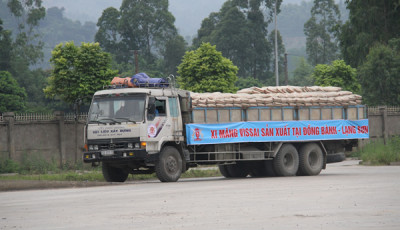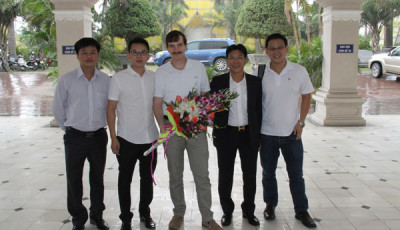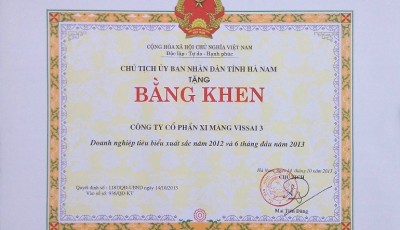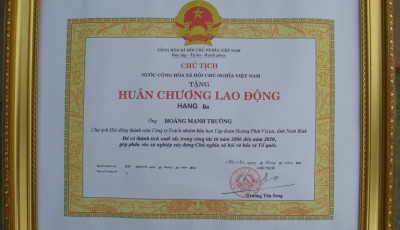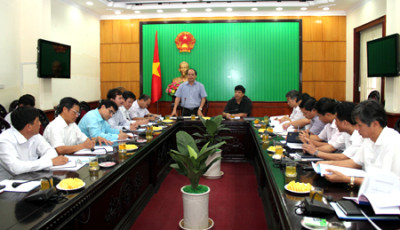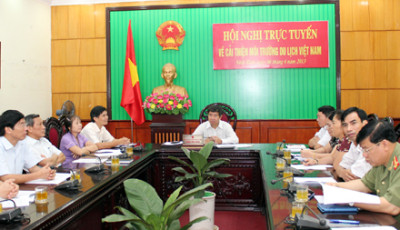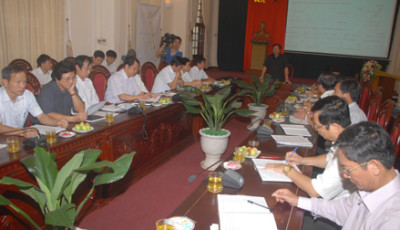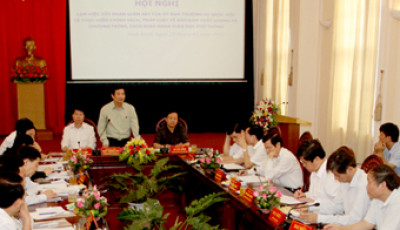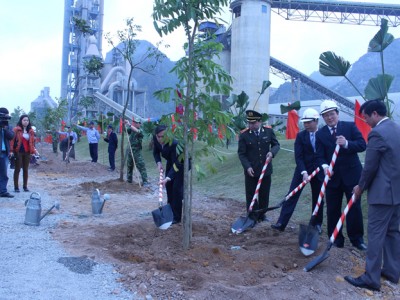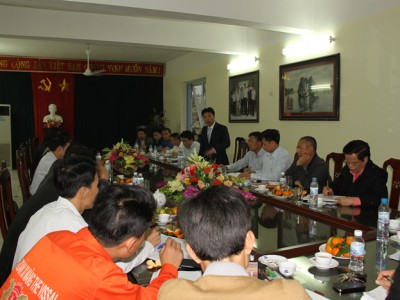Small farmers at crossroads in Vietnam
In order to increase Vietnam’s competitiveness in agriculture many have proposed a policy of integration of small farms in order to increase production, but this may mean that millions of small households would fall behind.

Currently around 20 million people in Vietnam work in direct agricultural production, and the figure is increasing by 600,000 per year. However, Vietnam’s agriculture industry still mainly depends on small-sized household farms. As many as 99% out of total 10 million farms are small household-farms with less than two hectares of land for cultivation.
Despite their modest size, such households are currently considered the backbone of the country’s agriculture industry, which provide for both domestic consumption and export.
The strategy of integration poses many opportunities and challenges to these small farms that individually have modest resources and old technology.
Their challenges range from the effects of price fluctuations and lower profits to the possibility of contract cancellations and effects from bubbles in the world farm produce markets.
The question for policy-makers now is whether it is wise to go with domestic agriculture integration. Many say that this is the best path considering the trends of globalisation, urbanisation and migration from rural areas to urban ones. However the extent to which the country follows this path would depend on the development of non-agricultural industries and government policy, they say.
“In order to ensure sustainability in integration, it’s necessary to drive small households towards this goal, as well as provide them with support,” said Nguyen Lan Huong, a specialist from the UN’s Food and Agriculture Agency (FAO) in Vietnam, at the ISG Planary Meeting 2013 “International Economic Integration for Agriculture in Vietnam: New Challenges and Opportunities.
However, the problem of how to maintain such small households while at the same time helping them to integrate along with increasing production value, productivity and competitiveness, while the local economies further integrate into regional and the world economy is really a great challenge.
In order to increase the sector’s competitiveness, some economists have said that Vietnam should consider enlarging agricultural production with the application of technology, increase productivity and nurture sustainable development.
Truong Dinh Tuyen, former Minister of Industry, said that it is necessary to create a new production model to build up “multi-functional” agriculture. Tuyen described one that combines production and processing in order to lower the volume of exports of raw material, so as to increase productivity value and protect the environment, while at the same time preserving traditional Vietnamese values.
To this end, he said, the country should take a parallel approach to the problem by intensifying the use of technology and designing new models of production. This, he added, would foster cooperation between Vietnamese farmers and enterprises, especially in the case of taking advantage of public private partnerships.
Tuyen commented, “The GDP growth rate has been on the fall recently. Agricultural surpluses would fall if imports increase. Farmers would also suffer from lower profits due to the decrease in prices of farm products. This is a very real risk for small household-based farms. The development of large, concentrated rice fields could be a foundation for the sector.”
Some representatives of international organisations and foreign donors have said that the increase of production is unavoidable if the country wishes to increase competitiveness. They also suggested more careful studies on the effects integration will have on small-sized farming households before mapping out new policies, adding that there needs to be a support system for smaller farms and ethnic minority groups.




